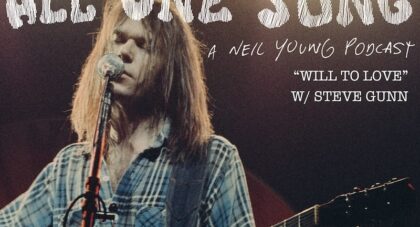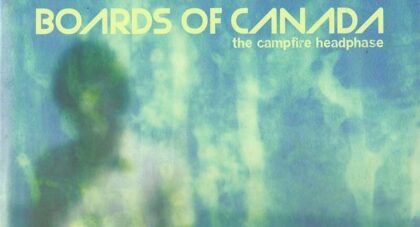Magic Carpet were a London based group that consisted of four members: Alisha Sufit, Clem Alford, Jim Moyes and Keshav Sathe. The band recorded one album in the winter of ‘71-72 on the English based label Mushroom. Influenced by the sitar and other cosmic elements of ancient acoustics, Magic Carpet’s lone debut LP is magical, a poetic journey through space and time. Alisha Sufit of the group joined us to discuss the untold story of Magic Carpet . . .
Only the good shit. Aquarium Drunkard is powered by its patrons. Keep the servers humming and help us continue doing it by pledging your support.
To continue reading, become a member or log in.


